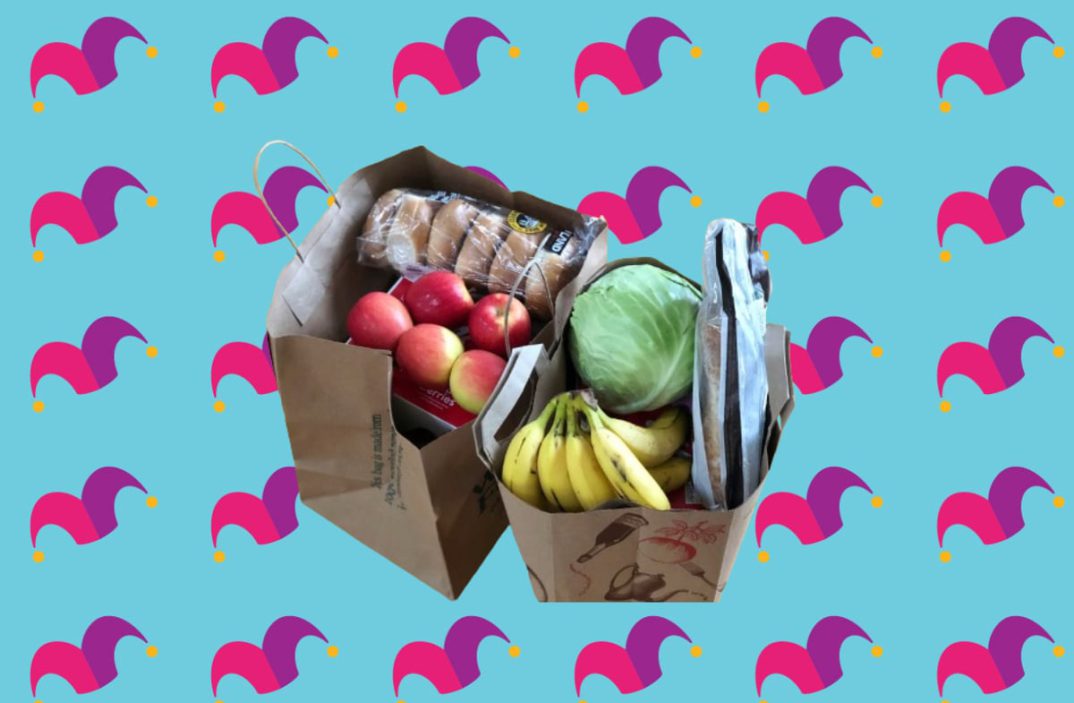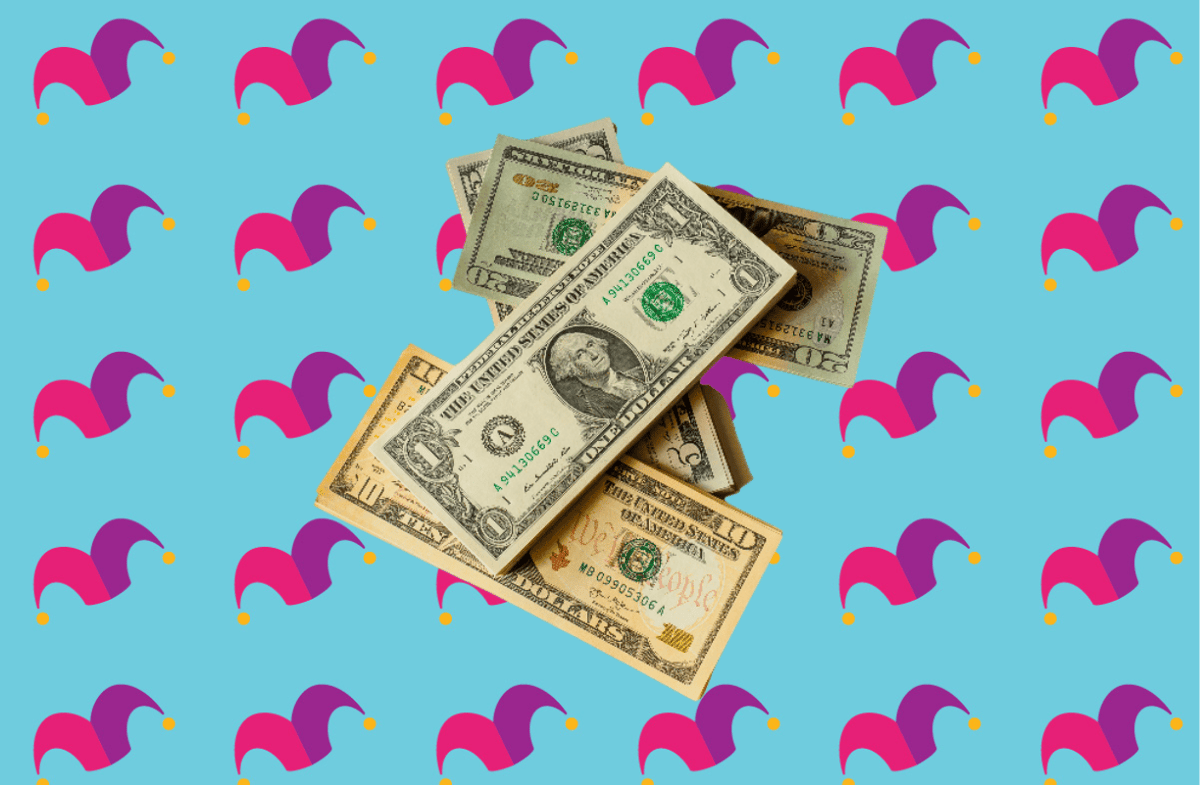For years, my husband and I had to watch our checking account balance like a mother watches a new baby. We did not have the financial wiggle room to let it out of our sight. As college students and young parents, we were so broke that we didn’t know how much trouble we would be in if everything went south.
Although it’s been decades, I can clearly remember the day I came home from the A&P supermarket crying. I’d just gone grocery shopping for the week and realized there was no way to buy everything we needed on our shopping list for the amount we had budgeted. The problem was there was nowhere else in our budget to find that money.
Today, with grown kids and established careers, I still experience sticker shock every time I walk into a grocery store. As you might imagine, I’m trying to figure out how much money I need to budget for food each month. Fortunately, some of the tips I’ve encountered in the past year or two have helped.
1. Focus on the unit price
In most grocery stores, a per-unit price is included under the product price tag on the shelf. Here’s what I’ve learned: I was wasting a ton of money before shopping by unit price.
Let’s say I’m shopping for mustard. Instead of just checking the price, I check how much it costs per ounce. Then, I have a per-ounce price to compare to other brands of mustard. Due to differences in manufacturer packaging, it’s not always evident which package, bottle, or bag contains the most product.
By the way: Shopping by unit price is what finally turned me on to generic products. While I still prefer the taste of some name-brand items, I’ve been surprised to learn how much I enjoy a specific brand of generic club crackers, pickles, and other everyday purchases.
2. Meal plan
Mealtime has long been a seat-of-the-pants event for me. I never put a ton of planning into it, so I was never quite sure what to buy. It will come as no surprise to you that my failure to plan my meals has cost us dearly.
Here are five ways meal planning makes mealtime more pleasant while boosting our finances.
- Knowing what’s on the menu for the next day helps remove the mealtime stress I struggled with for years.
- Shopping with a menu in hand means I only buy what I need. And since I check my freezer and pantry before shopping, I no longer buy duplicates of items I already have.
- I’m throwing away far less food because I’ve stopped buying food I “might” use.
- We’re eating leftovers because sitting down to meal plan gives me time to think about the foods we actually enjoy instead of coming up with something at the last minute.
- Meal planning is the only thing that makes the tip No. 3 (using coupon apps) workable for me.
3. Use coupon apps
You might remember a television show about extreme couponers. These people would spend hours searching for coupons to use at the grocery store. When I tried it, I floundered because I didn’t have a clear plan for what I needed to buy for the week.
Now, as long as I know what we’ll be eating and what’s needed for meals, I can check several different coupon apps for savings that match our needs. Once I see a great coupon, I save it to my app and use it when I check out.
There are a lot of great coupon apps out there, but if you’re a newbie, you may want to start with The Coupons App, Coupons.com, or the Krazy Coupon Lady. In addition, if you shop at a relatively established grocery store, there’s a good chance your store has a digital coupon app of its own.
4. Follow up with cash back apps
I’m still impressed with the idea that I can increase my savings by using coupons and then earn cash back on those items from a cash back app. Ibotta, Fetch Rewards, and Dosh are some of the biggest in the business.
Cash back apps work by offering rebates when you shop with select retailers. Several also provide some pretty sweet discounts and coupons.
5. Buy (some items) in bulk
When I first purchased a Costco membership, I thought I would save a bundle by buying everything in bulk. The problem was a lot of what I purchased was wasted because it was never consumed. I still buy some things in bulk because doing so saves money.
For example, I buy paper products like toilet paper and paper towels in bulk. I also pick up dog food, water, and (let’s be honest) the occasional massive container of M&Ms at Costco. We may be unable to eat an entire bag of lemons, but we never waste a canister of M&Ms.
I get how discouraging grocery prices are. We can either see the problem as a pain or a challenge. Our challenge is to outsmart the grocery stores by shopping smarter. Another challenge is remembering those around us who are also struggling to buy groceries.




